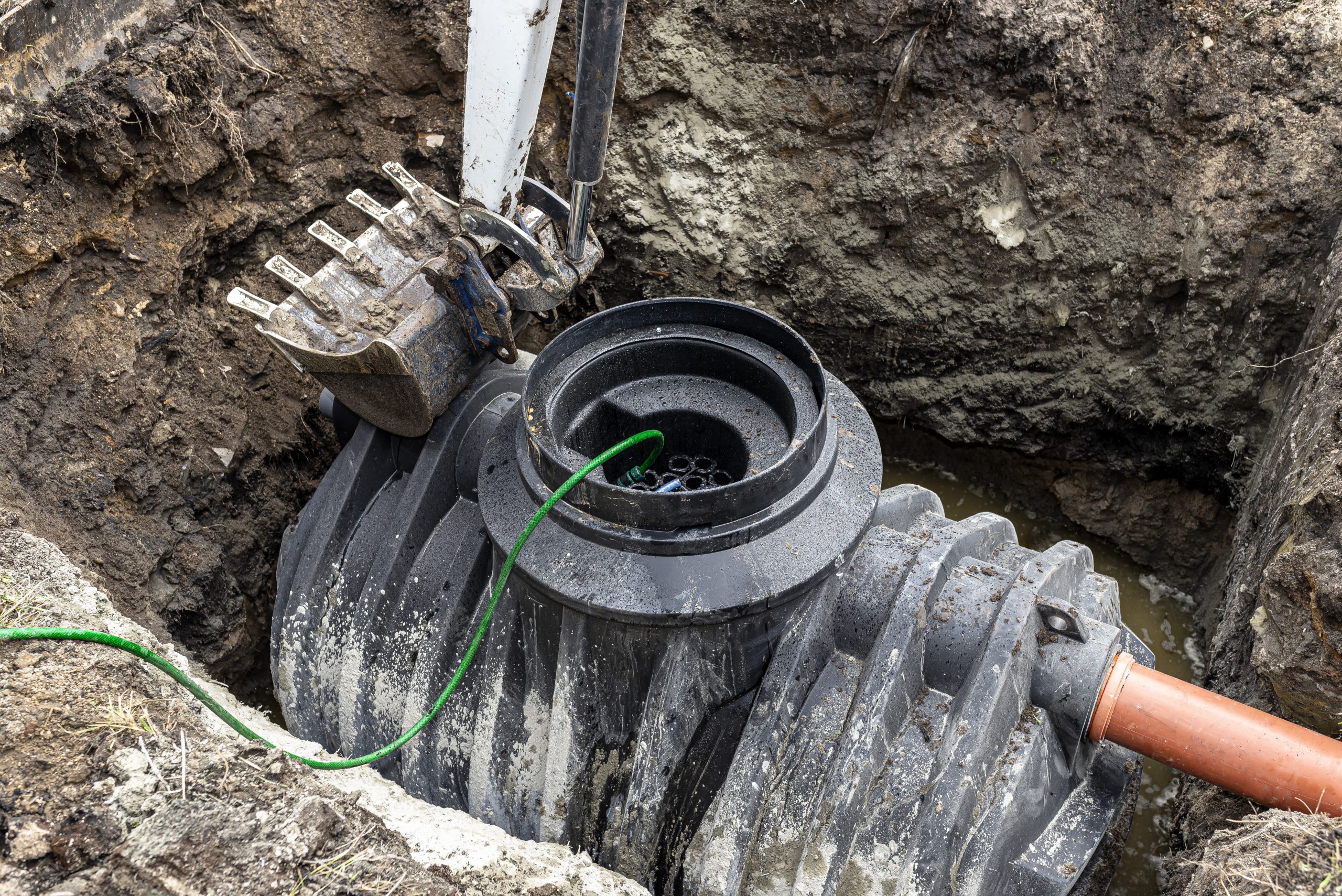
Septic tanks give homeowners independence from municipal and government water treatment infrastructure, reducing water bills and protecting access to water waste management even if the local infrastructure fails.
The 3 Factors With Septic Tanks
Suppose your insured wants to convert from municipal water treatment to septic. In that case, there are some factors that their septic tank installers may advise them to consider before installing a new system.
Septic Tank Installers Should Assess the Property
Proper placement of a septic system requires careful preparation, including extensive assessment of the property.
Testing the Soil
Well-draining soil is essential for a septic infrastructure to avoid oversaturation of the soil. Poor drainage leads to wastewater backups and costly claims. Sandy, gravel-rich soil is ideal. If the soil on the property has too much clay, then it will retain too much water.
Evaluating the Water Table
A high water table can interfere with the drainage of a leach field. The water table can reduce the amount of soil available for drainage, creating problems with flooding in the leach field. Your septic tank installation contractors will check the water table on the property to ensure drainage.
Avoiding Obstructions
The property should have adequate space away from any deep-rooting growth, including trees, to protect the infrastructure of the plumbing system. Tree roots and deep-rooting shrubs can penetrate pipes and cause blockages.
These elements factor into the suitability of the land and the tank’s installation location.
Septic Tanks Come in Many Styles
After finding a location for the septic installation, the contractor will discuss different septic & sewer program options to find the one that is right for the application. Septic tank systems come in a few different styles and materials. Some systems require a drain field. Others use a cesspool system. The installer might also suggest an aerobic system for the property if it lacks drain field support.
The construction of the tank itself matters as well. Steel and concrete tanks were the most popular for many years. New designs offer plastic and fiberglass tank systems. Ask the septic tank installers about strapping the tank if they install a plastic or fiberglass model. Straps keep the tank from floating in the event of heavy rain after having it pumped.
Proper Tank Sizing Varies by Property
Avoid choosing a septic tank size based on the size of the neighbor’s tank. Even if it works well for the neighbor, it may be insufficient for this home or more than necessary in some cases. The right tank size depends on family size, the amount of daily water consumption, simultaneous flow into the tank, and how often the owner plans to pump the tank. The installer can evaluate these factors to choose the right size.
Septic Tank Installers Offer Valuable Insight
Understanding these factors will help homeowners find the right septic system for their homes. As they start considering their options, refer them to local septic tank installers for details about the property and the determining factors that make its infrastructure unique. That way, they make an educated choice.
About Watercolor Management
Watercolor Management has insured the water industry for over 30 years. Our policies include unlimited defense cost coverage in the event of a lawsuit against you. Call us at (855) 929-0824 or email info@watercolormanagement.com for a quick quote for your Water Business Professional, Products/Completed operations, Pollution and General Liability Insurance.




